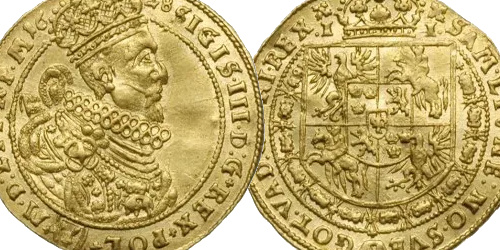Museum-quality sculpture - Simon Troger
Abfaltersbach 1683 - 1768 Munich-Haidhausen, and workshop, attributed
Important sculpture
Vagabond or beggar
Munich or Tyrol
Around 1760/70
Carved walnut and bone
Height 30.5 cm, width 10 cm, depth 11 cm
This high-quality sculpture is carved from a decorative combination of walnut and bone. The figure wears a large travelling hat with a wide brim as well as a travelling cape, a long shirt, ragged trousers, and only one shoe. Or is the foot merely tied with a cloth? The man presents the viewer with an empty bag slung around his shoulder; in his right outstretched palm he holds a coin. This could be understood as an invitation to donate money.
The figure was created in the circle or workshop of Simon Troger (1693-1768) around the middle of the 18th century. Troger was an Austrian sculptor under the Bavarian electors, specialising particularly in ivory. He had his own studio near Munich, in Haidhausen, from 1733 onwards. Since the Munich electoral court under Maximilian III Joseph of the Wittelsbach dynasty (elector 1745-1777) had ample stocks of ivory, this material was available to him in surplus. Troger's figures were mostly used as objects of representation and as princely ceremonial gifts.
The vagabond has an expressive face with a prominent nose, richly carved head and beard hair and a bulging, curled forehead. The open mouth signals that he is about to speak. The finely carved face with expressive facial expressions is characterised by a trimmed beard and combed curly hair. The long heavy coat and the wide-brimmed hat also do not want to correspond with the characterisation as a beggar. This now allows room for interpretation: Is this perhaps a nobleman who has been robbed by thieves, leaving him with only this one coin? Typical of Troger's works are the roughly carved hands with calluses.
Troger's exceptional talent for carving pictures became apparent very early on during his employment as a shepherd. Especially in his early work, he created the depictions of society's outsiders typical of the time, such as wanderers or beggars with torn garments, before devoting himself to mythological and biblical subjects at the Elector's Court. The largest collection of Troger's works is now in the Bavarian National Museum.
最近瀏覽過的
登錄以查看拍品列表
收藏
登錄以查看拍品列表























